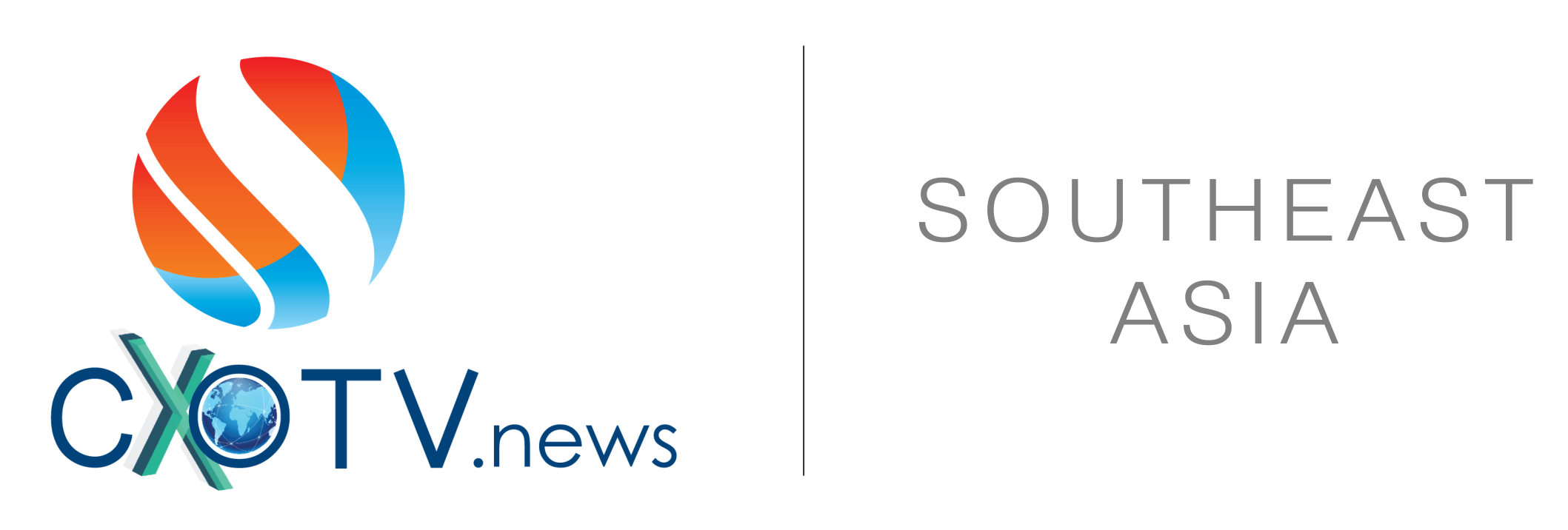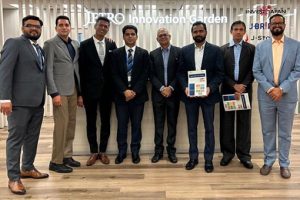Driving the narrative on the significance of the culture of innovation and technology to buttress business growth, the second edition of the CXO Tech Summit mesmerized an audience of over 4500 delegates with a keen focus on re-imagining the role of technology from crisis to opportunity, covering diverse industry perspectives, and to build resilience as the line between physical and digital business blurs
The second edition of the CXO Tech Summit & Awards 2021 exemplified the need to leverage technology and innovation to drive the future growth of businesses. Themed on Adapt | Innovate |Accelerate, the largest exclusive platform for CXOs, upheld the need for strategic thinking and to build a culture of innovation with judicious use of technology.
The two-day summit raised the bar further by enthusing over 4500 CXOs as audience by bringing together the foremost industry experts and technology leaders from across the industry to share insights on transformation, future of work, resilient strategies, and a look at what’s on the horizon.
During his opening note on the New Age of Leadership, Niranjan Hiranandani, Co-Founder and MD, Hiranandani Group of Companies, noted that ideas pre-Covid and post-Covid have changed completely. “As petroleum oil’s importance has come down due to limitations on travel, digital has become the new ‘Oil.’ This transformation has led to a new age of thoughts and processes. On the other hand, the pandemic has given us the break to introspect and take this setback as an opportunity. The need is to develop strategic thinking to emerge out of the crisis. The idea is to develop and build a culture of innovation which is further supported by technology.”
In his keynote address on startups and strategies for enterprises, Sanjeev Malhotra, CEO, Nasscom CoE for AI and IoT, highlighted that it’s the time when technology is moving faster than us. “We used to keep up with technology adoption in order to remain competitive in the industry. However, not a single company can come up with all the innovations. That’s where startups have become more important. Under the CoE, we have established 4 Labs across the country to nurture startups and innovations around applications in areas like manufacturing, transportation, healthcare, and so on. We already have 6000-10,000 startups which incepted in the last few years, and over 800-1000 startups add every year.” The most important part is to have a spirit of innovation, risk-taking, and development which will lead to an ecosystem that is vibrant for innovation. Enterprises can benefit by engaging with startups having an edge of innovation and tech adoption, he noted.
Giving out tips to navigate the current volatile, uncertain, complex, and ambiguous environment, Kenneth Stearns, Deputy CEO, Phu Hung Life Insurance, in his motivating keynote address on ‘Strategies to Navigate the VUCA World,’ said, “I suggest thinking long-term in this situation, without being affected by the daily numbers of infections et al. Certainty was never part of our life, so focus on what we have control upon. Complexity can be reduced by breaking down problems into smaller pieces and breaking down your decisions as well. Now, it’s the time to do micro-work as a leader. In fact, leaders need to get into the driver’s seat and show the way to others.”
Moderating the panel discussion on ‘Building a Resilient Business Model,’ Vijay Sethi, former CIO, Hero MotoCorp and Chairman Advisory Board and Chief Mentor, MentorKart noted that enterprises are relooking at their business models to enable them to bounce back. This has made resilience suddenly an important narrative.
Responding to the question of why resilience has become so important, Anuj Kacker, President & Executive Director, Aptech said, “The pandemic has upset the Rise-Adjusted Returns for businesses. Organizations expect their business to grow at a particular rate by taking a certain amount of risk. Now, the perception of that risk has increased. As the risk parameter changed they need to re-evaluate the business model as well. Technology is offering an opportunity to the businesses to re-evaluate their business models as well as opportunity for new players to capture market share.”
“The pandemic has changed the perspective of doing business. We couldn’t think of commissioning a plant online, but that’s what we did during the pandemic restrictions. We commissioned the plant remotely after a two-week simulation program. That was as of now the best installation we had with limited resources on the ground. This made us rethink the need to travel for business,” added Prerak Shah, Group CIO, Somika Group SARL. He was supported by Manish Israni, EVP & CIO, Yotta Infrastructure, “We launched our business in July 2020 during the peak of the pandemic, with Asia’s largest Tier-4 datacenter offering 99.999 percent availability. We brought in resilience in the business model by offering a commitment of high availability under any circumstances. Our commitment has enabled us to acquire over 100 customers during the pandemic phase.”
Shah added that organizations are leveraging the benefits of remote availability of skilled personnel as the location is not a challenge. “We are focused on re-skilling and multi-skilling of resources to ensure BCP and resilience in case of any forthcoming circumstances. Moreover, with the remote work, we are now able to utilize resources from any location.”
Further, driving the narrative around cost optimization for businesses, Joydeep Dutta, IT Strategy Consultant and Advisor, Former ED & Group CTO, CDSL highlighted that while many businesses suffered during the pandemic, many of the enterprises and startups flourished during this phase. “Although the business model plays a crucial role, many of the businesses thrived with their continuous focus on spending and cost reduction while increasing business value,” he said during the Panel Discussion on ‘Strategic Cost Optimization: Changing IT Dynamics.’
“Cost is something which businesses need to take care of while maintaining the speed and quality. For cost optimization, we look at mixing the resources and solutions from enterprises and startups,” said Sharad Kumar Agarwal, CDIO, JK Tyre & Industries. Adding his thoughts, Pinkes Ambvat, CIO & Director of IT, CRIF India shared, “For cost optimization, we focus on starting small and scale when business grows. In fact, the cloud gives us the ability to keep our expenses in control with lots of flexibility to try new products and solutions.”
Offering his thoughts on how to prioritize projects, Kushal Varshney, CTO, Virescent Infrastructure shared, “Compliance is a major criterion for project prioritization. We believe in a consultative approach rather than IT forcing any solution on business units or vice versa. We take a joint call on the need of the hour.”
Ambvat added that projects can be prioritized through four angles: compliance, new business/product line, operational efficiency with automation, etc, and technology upgrade by implementing solutions around machine learning, Big Data, AI, and so on. “We use 50:30:20 formula. 50 percent of the budget is utilized to run the business, 30 percent for the transformation of business through the new product line and the rest is spent on futuristic technologies to increase business efficiency.”
The summit converged with two evenings of celebrations and acknowledging the achievements of the technology leaders through a slew of awards including CXO Hall of Fame, CXO Innovations Awards, CXO Excellence Awards, CXO Preferred Awards, and Tech Marketers Awards 2021. The summit was supported by leading brands including IBM as the Presenting Partner, Citrix Systems as BCP Partner, Sophos Software as Security Partner, Veeam Software as Data Management Partner, Snowflake as Data Platform Partner, and Vertiv as Power Management Partner.






















